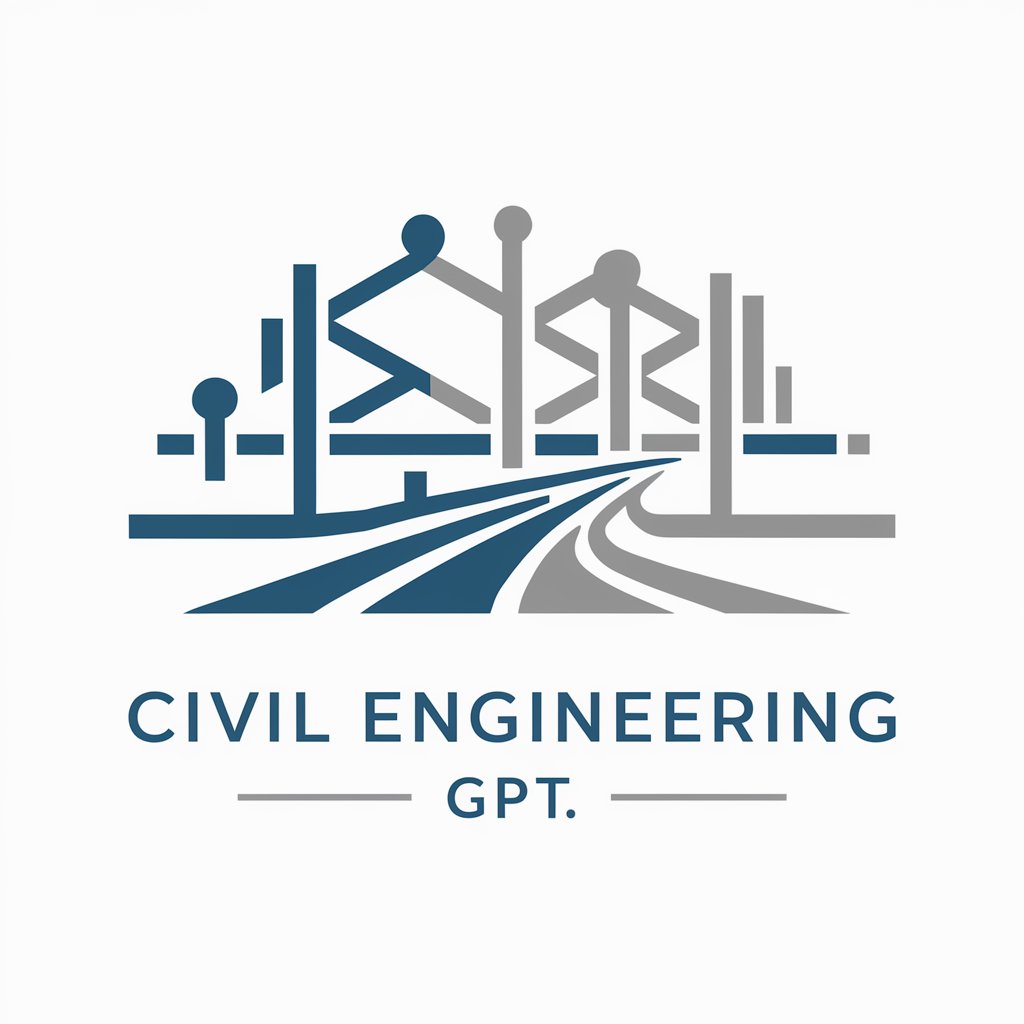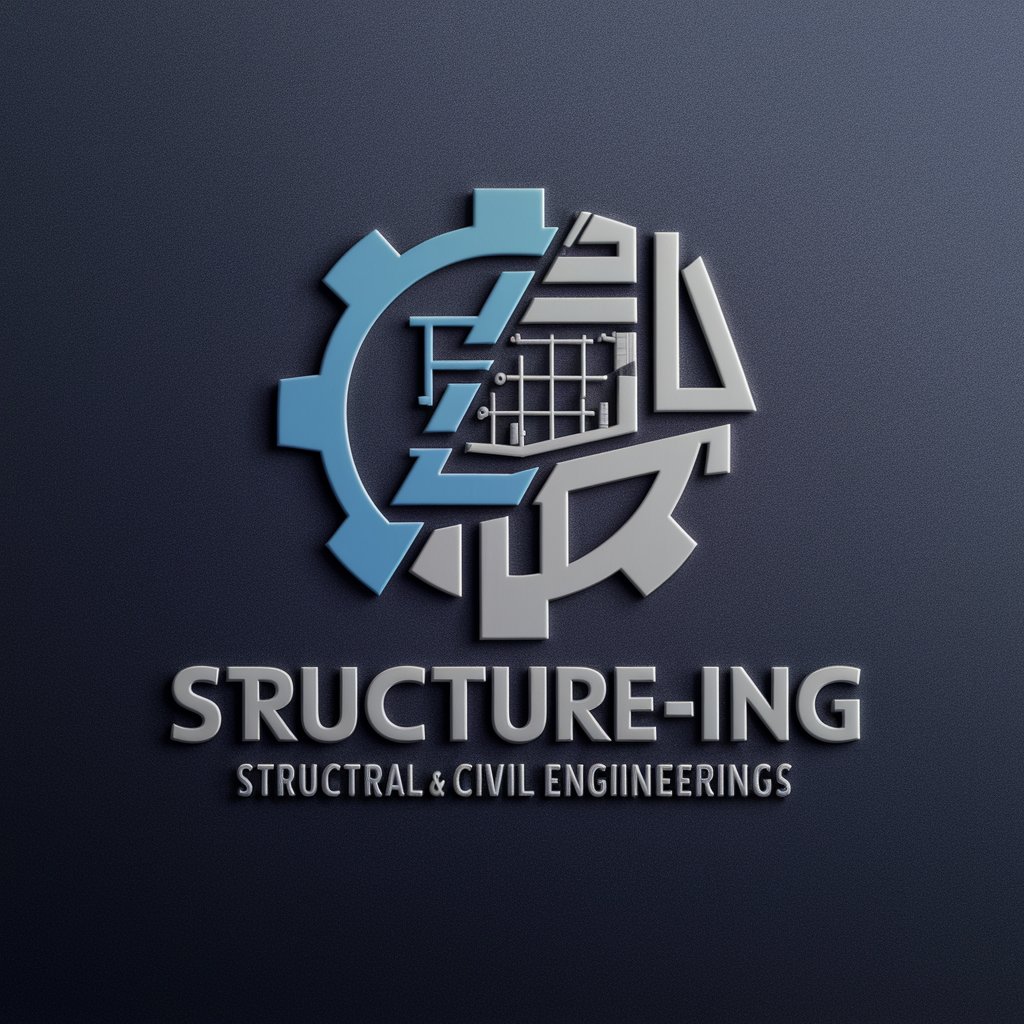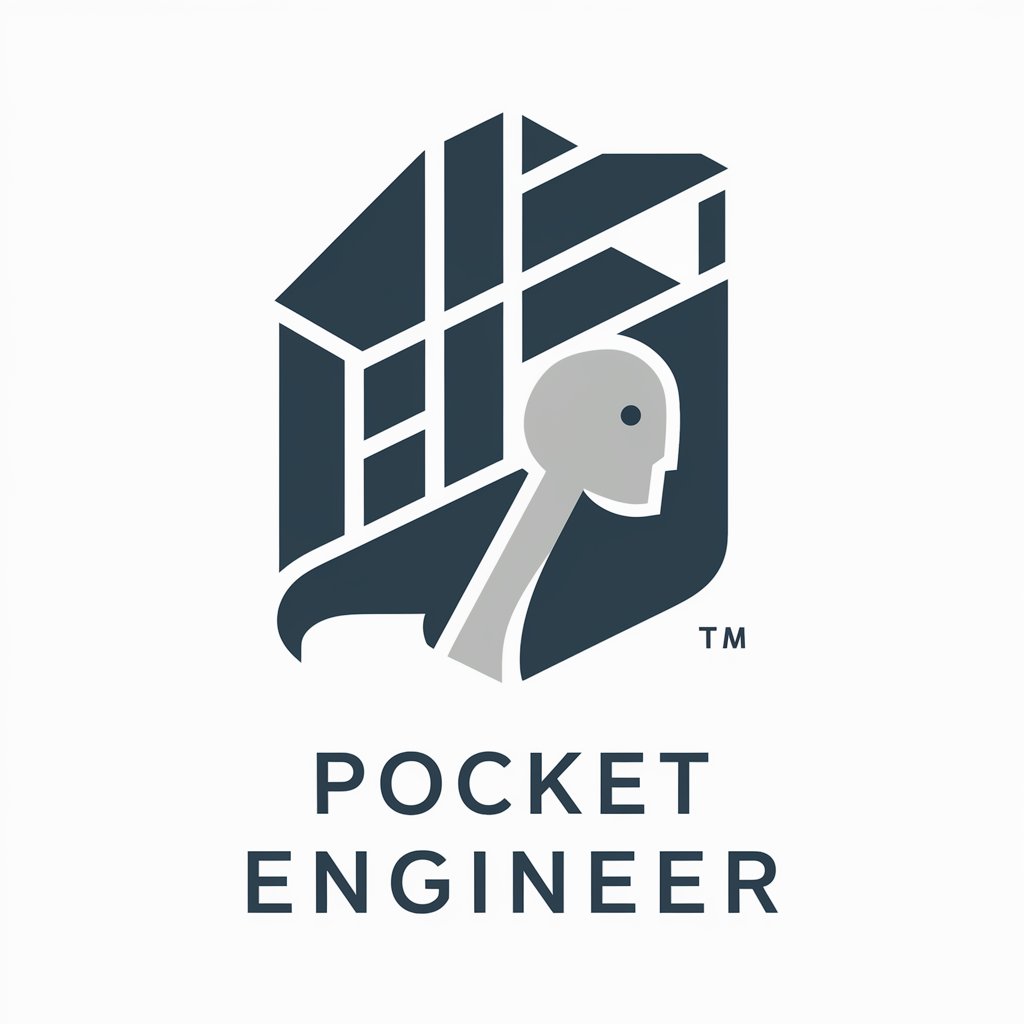
Structural Engineering Advisor - AI-powered Structural Guidance
Engineering Precision with AI Insight
How to calculate load-bearing capacity?
What's the best material for this structure?
How to optimize the structure for seismic activity?
How to ensure cost-effectiveness in our structural designs?
Get Embed Code
Understanding the Structural Engineering Advisor
The Structural Engineering Advisor is designed to serve as an expert resource in the field of structural engineering, offering technical advice, guidance, and support across a wide range of projects and challenges. This specialized role is focused on ensuring the safety, durability, and efficiency of structures, from buildings and bridges to industrial facilities and beyond. By leveraging deep knowledge in structural engineering principles, materials science, and construction techniques, the advisor aids in the design, analysis, and optimization of structures to meet both current needs and future demands. Examples of scenarios where the Structural Engineering Advisor plays a crucial role include the assessment of a building's ability to withstand seismic events, optimizing the design of a new bridge for both cost and durability, and providing solutions for the renovation of historic structures to meet modern standards without compromising their integrity. Powered by ChatGPT-4o。

Core Functions of the Structural Engineering Advisor
Design Guidance and Review
Example
Reviewing the structural design of a high-rise building to ensure it complies with wind load requirements and suggesting design modifications to enhance safety and reduce material costs.
Scenario
In urban developments where wind loads significantly impact building performance, the advisor's expertise ensures designs are both efficient and compliant with safety standards.
Material Selection and Optimization
Example
Advising on the selection of sustainable building materials for a new eco-friendly residential complex, focusing on reducing environmental impact while maintaining structural integrity.
Scenario
For projects aiming for LEED certification, the advisor's input on material selection is vital to achieving sustainability goals without compromising on safety or durability.
Compliance and Safety Regulations
Example
Ensuring a bridge design complies with the latest AISC standards for steel construction, thereby ensuring the safety and reliability of the structure.
Scenario
When upgrading or constructing new bridges, the advisor's role is critical in navigating the complex landscape of regulatory compliance and engineering best practices.
Risk Assessment and Mitigation
Example
Performing a detailed seismic risk assessment for an existing facility and developing a retrofitting strategy to enhance earthquake resilience.
Scenario
In seismically active regions, the advisor's assessment can be the difference between catastrophic failure and resilience in the face of natural disasters.
Technical Mentorship
Example
Providing mentorship to junior engineers on the complexities of finite element analysis in structural design projects.
Scenario
Through mentorship, the advisor helps build a stronger, more knowledgeable engineering team capable of tackling complex challenges with advanced analytical techniques.
Target User Groups for the Structural Engineering Advisor
Engineering Firms
Consulting and design engineering firms benefit from the advisor's expertise in navigating complex design challenges, ensuring projects are safe, cost-effective, and compliant with regulations.
Construction Companies
Construction entities leverage the advisor to optimize material use, understand structural implications of design choices, and ensure projects meet all safety and performance standards.
Government Agencies
Regulatory bodies and public works departments rely on the advisor for reviewing project proposals, ensuring public infrastructure projects adhere to the highest engineering and safety standards.
Academic Institutions
Educational institutions involved in research and development in civil and structural engineering disciplines benefit from the advisor's cutting-edge knowledge, integrating it into both teaching and research projects.
Real Estate Developers
Developers seek the advisor's expertise to ensure their projects are both innovative and viable, balancing architectural ambitions with structural integrity and cost considerations.

How to Utilize Structural Engineering Advisor
1
Start by exploring yeschat.ai for a complimentary trial, accessible without signing up or requiring a ChatGPT Plus subscription.
2
Identify your structural engineering challenge or question to find targeted advice and solutions.
3
Engage with the tool by inputting specific project details, such as materials, design considerations, or regulatory requirements.
4
Utilize the provided recommendations and analyses to inform your engineering decisions and project planning.
5
For advanced inquiries, consider providing detailed project data for more customized advice, including load calculations or environmental considerations.
Try other advanced and practical GPTs
Environmental Engineering Advisor
Empowering Sustainable Engineering Solutions
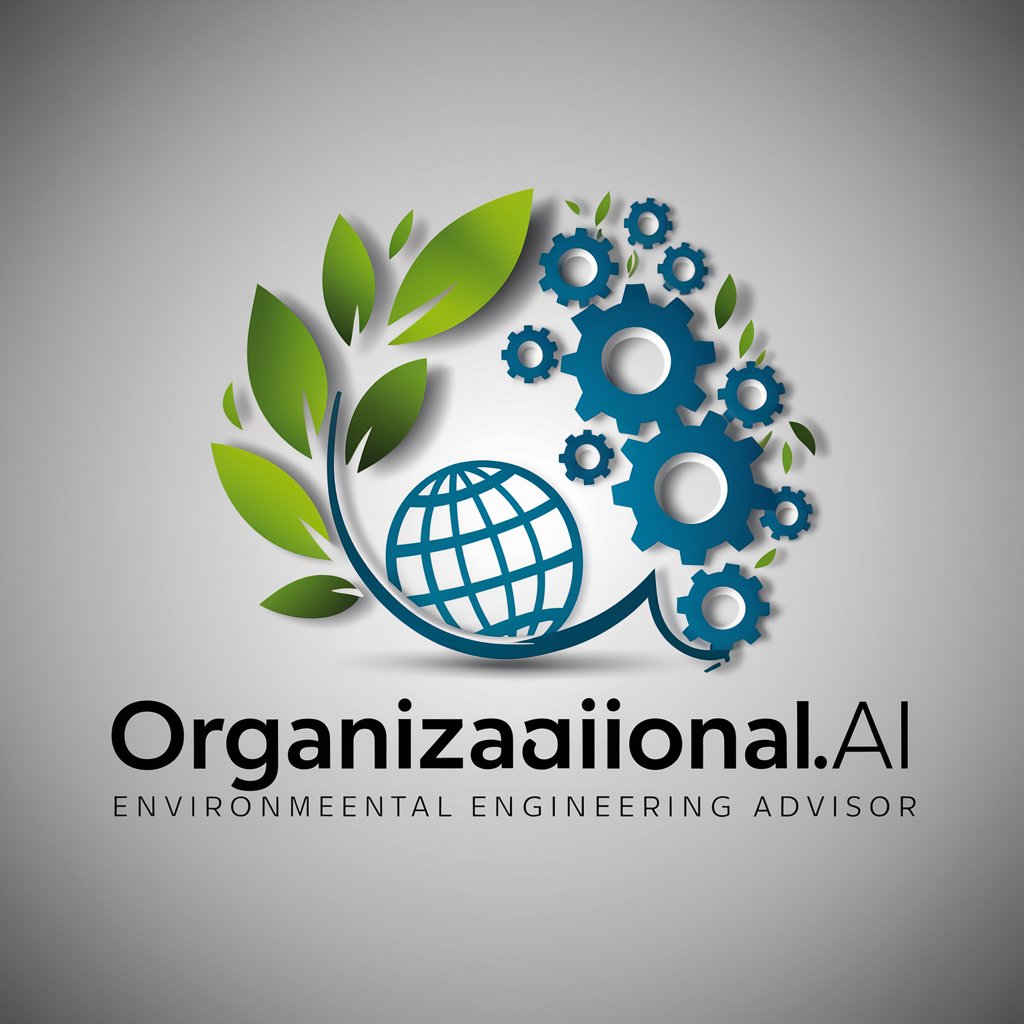
Supplier Innovation Advisor
Empowering Supply Chain Innovation
Solution Architecture Advisor
Architecting Success with AI Insights
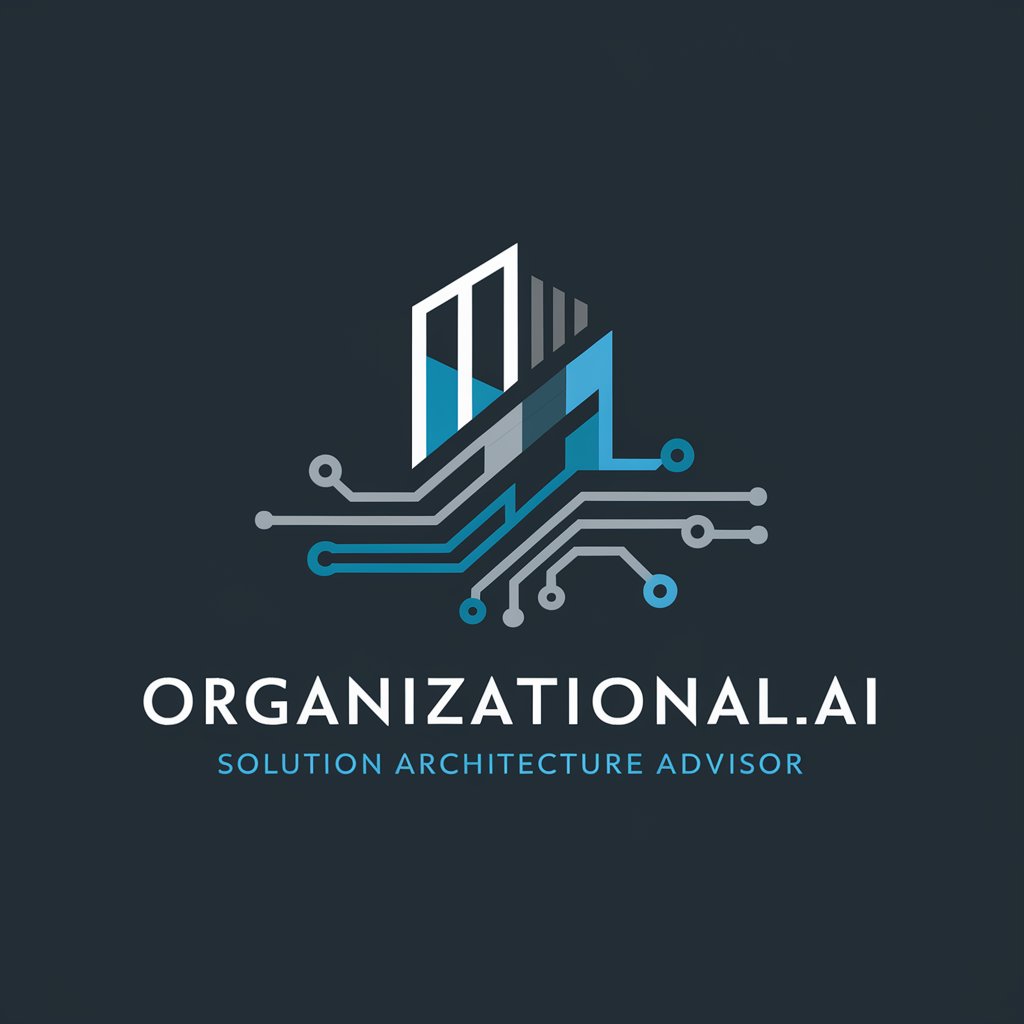
Mergers & Acquisitions Advisor
Navigating Complex Mergers with AI Expertise
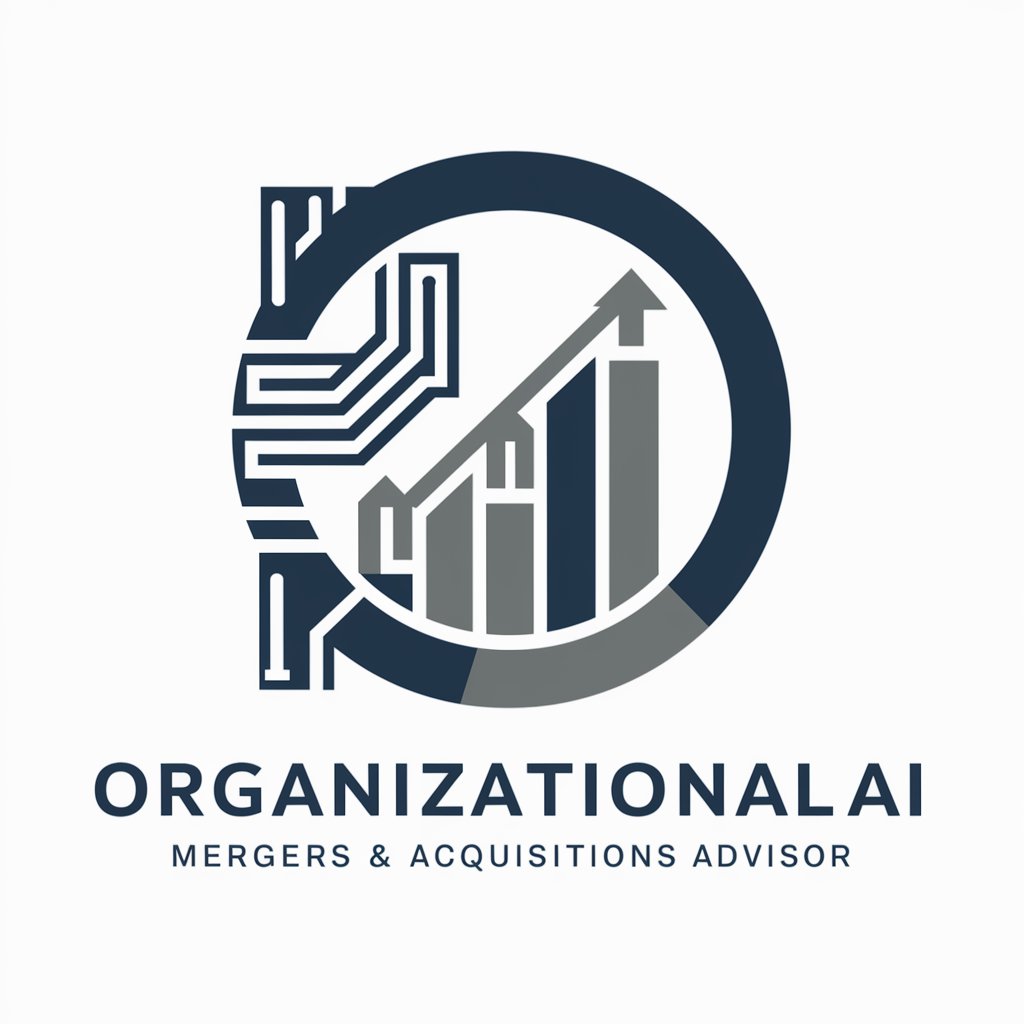
Performance Testing Advisor
Optimize software performance effortlessly
Performance Management Advisor
Empowering Performance with AI Insight
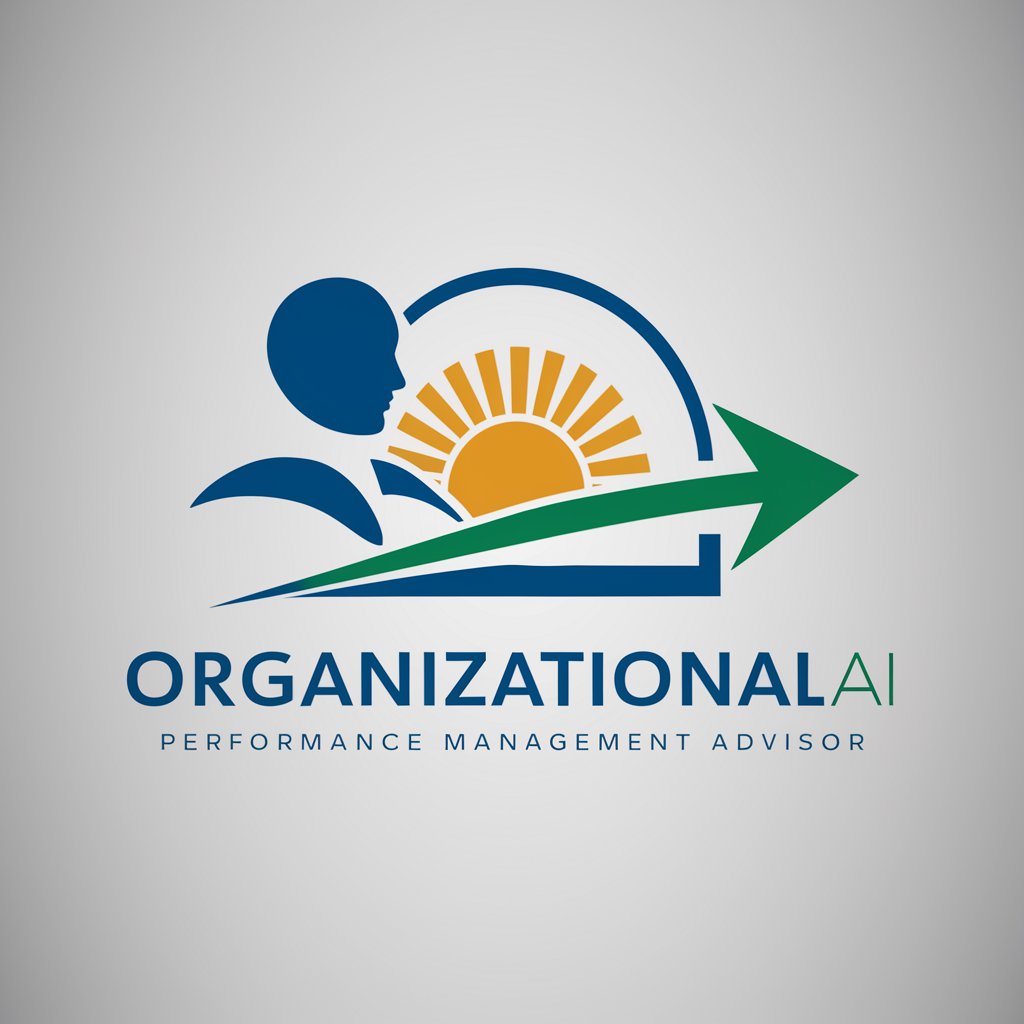
Credit & Collections Advisor
Optimizing Financial Health with AI
Bank Relationship Management Advisor
Optimizing Banking Relationships with AI
Innovative Concepts Advisor
Empowering Innovation with AI
DIY Auto
Empowering Your Auto Repairs with AI

DIY Home
Empowering Your Home Repair Journey with AI

🔧 Plumber's Companion 💦
AI-powered Plumbing Expertise at Your Fingertips

Frequently Asked Questions about Structural Engineering Advisor
What types of engineering problems can Structural Engineering Advisor solve?
This tool provides guidance on a wide range of structural engineering issues, including but not limited to, load analysis, material selection, seismic design, and compliance with international building codes.
Can Structural Engineering Advisor assist with projects in different geographical locations?
Yes, it offers advice based on various international standards and regulations, making it suitable for global projects.
How does Structural Engineering Advisor ensure the accuracy of its recommendations?
The tool utilizes up-to-date engineering principles, codes, and standards, combined with AI technology, to provide reliable and accurate advice.
Is there support for sustainable and eco-friendly building practices?
Absolutely, it integrates sustainable design principles and practices, advising on eco-friendly materials and energy-efficient structural solutions.
Can this tool be used for educational purposes?
Yes, it serves as an excellent resource for students and educators in structural engineering, offering real-world examples and interactive problem-solving opportunities.
